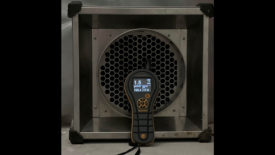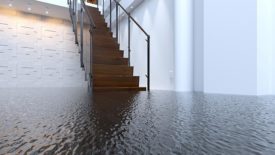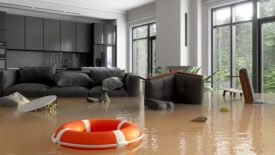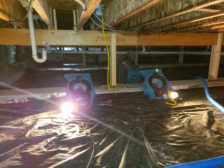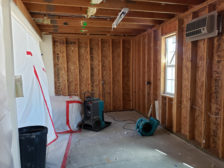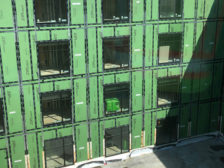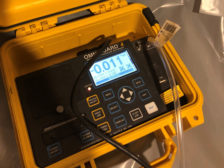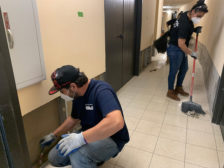Home » Keywords » structural drying
Items Tagged with 'structural drying'
ARTICLES
How Drying in a Flood House Compares to Drying Structures in the Field
Pulling the Curtain Back on 3 Key Drying School Secrets
Read More
EVENTS
Industry
8/23/22 to 8/25/22
Restoration Technical Institute
1145 Commons Blvd.
Reading, PA
United States
Contact: Rebecca Burkert
IICRC - Applied Structural Drying (ASD) - In Person: Destry Ransdell
Industry
9/12/22 to 9/16/22
Restoration Technical Institute
1145 Commons Blvd.
Reading, PA
United States
Contact: Rebecca Burkert
IICRC - Water Restoration Technician (WRT) / Applied Structural Drying (ASD) COMBO - In Person: Destry Ransdell
Industry
11/15/22 to 11/17/22
Restoration Technical Institute
1145 Commons Blvd.
Reading, PA
United States
Contact: Rebecca Burkert
IICRC - Applied Structural Drying (ASD) - In Person: Destry Ransdell
Get our new eMagazine delivered to your inbox every month.
Stay in the know on the latest disaster restoration and remediation trends.
SUBSCRIBE TODAY!Copyright ©2022. All Rights Reserved BNP Media.
Design, CMS, Hosting & Web Development :: ePublishing
